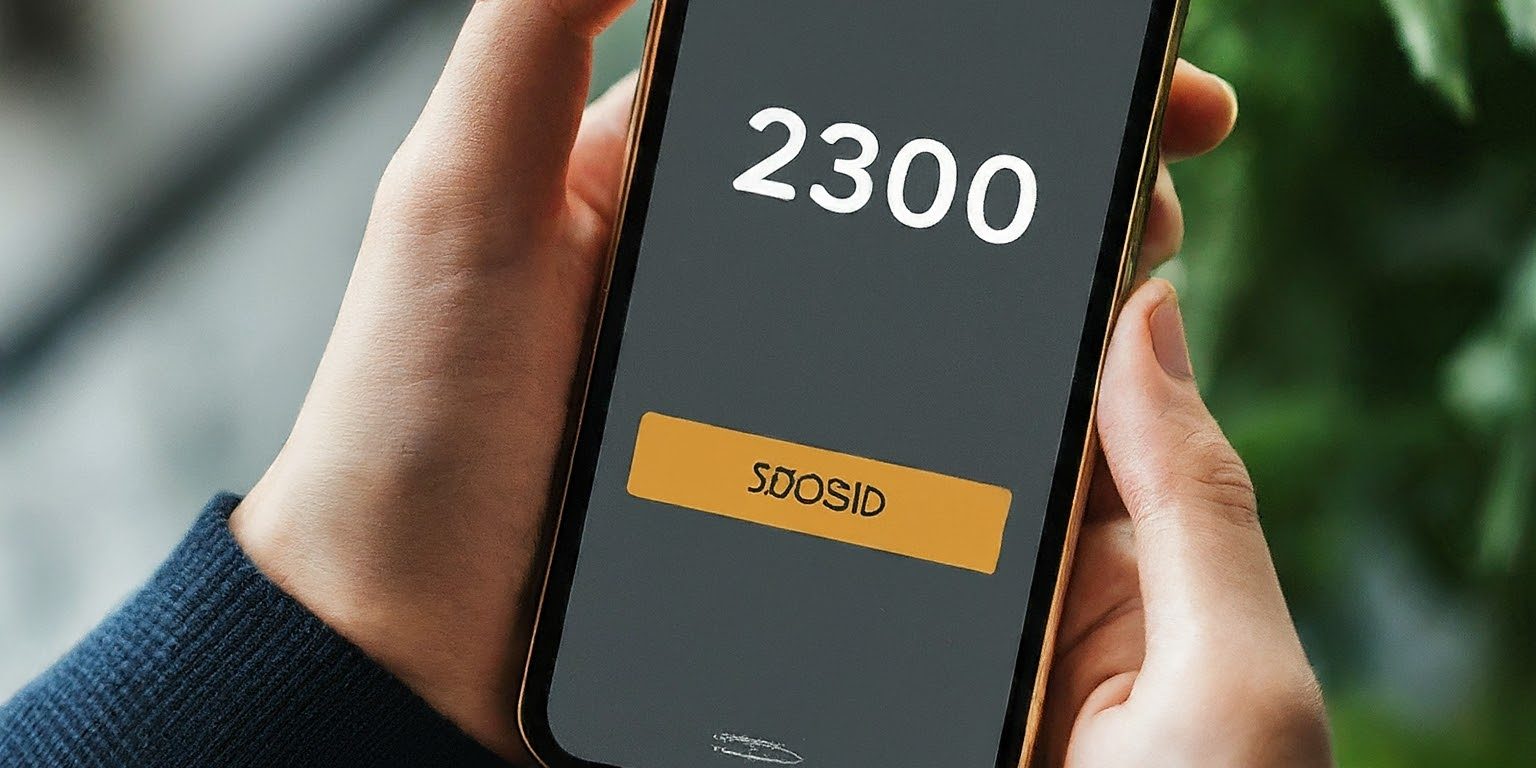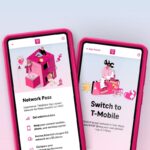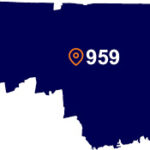If you are a T-Mobile customer and see numerous entries for “2300” on your bill or in your online usage history—sometimes labeled as an “incoming text” or even including the location “Mauritius”—you are encountering a known T-Mobile system identifier.
The text 2300 T-Mobile code is not a standard short code for marketing or voting; it is a technical routing number used by the network for two main purposes: processing multimedia messages and facilitating Direct Carrier Billing.
The critical difference is whether the entry is a harmless usage log entry or a source of unwanted charges. This guide demystifies the code and provides the exact steps to prevent bill shock.

-
What the 2300 Code Actually Means on T-Mobile
The 2300 short code is an internal identifier used almost exclusively by the T-Mobile network infrastructure and is never a person trying to contact you.
Meaning A: MMS and Group Message Routing (No Charge)
The most common reason for seeing the 2300 entry is related to the delivery of messages containing media:
- Multimedia Messaging Service (MMS): The code signifies that T-Mobile’s specialized system (MMSC) has successfully processed a picture message, video message, or a group text you sent or received.
- Usage Log Flaw: T-Mobile’s automated system mistakenly logs this internal routing activity as an “incoming text” in your customer-facing usage report.
- The “Mauritius” Label: If you see “Mauritius,” it is harmless metadata identifying the location of a global server gateway T-Mobile uses to route international or complex multimedia messages. It has no bearing on your message’s origin or destination.
Action for Meaning A (Harmless): If you see 2300 in your usage history with NO monetary charge, you can safely ignore the entry. It is just proof your MMS and group chats are working.
Meaning B: Third-Party Premium Charges (Monetary Charge)
If a monetary amount (e.g., $1.99 or $9.99) is listed on your bill next to “2300” or a related “App & Content Purchase,” the code is acting as a billing gateway for an unauthorized subscription.
- The Problem: This is often an instance of “cramming,” where a third-party company tricked you into subscribing to a service (like a mobile game, ringtone, or trivia alert) and charged it directly to your T-Mobile bill via the Direct Carrier Billing (DCB) gateway, often logged under 2300.
- Action for Meaning B (Costly): Immediate intervention is required to identify the merchant and block future billing.
-
Action Plan: How to Stop Unwanted Charges
If code 2300 T-Mobile is costing you money, follow these steps to stop the subscription and permanently protect your account.
Step 1: Identify the Merchant and Cancel the Service
You need the name of the company that is actually charging you.
- Download Your Detailed Bill: Log in to your My T-Mobile account online and download the full PDF bill.
- Locate the Merchant: Look in the “Third-Party Charges” or “Purchases and Subscriptions” section of the detailed bill. The legal name of the third-party merchant will be listed here.
- Reply STOP to the Merchant: If you can find the actual text message from the subscription, reply STOP to it immediately.
- Dispute Charges: Call T-Mobile Customer Service (dial 611) and ask for a credit for the unauthorized charges.
Step 2: Request the Permanent Billing Block (Most Important)
To ensure this never happens again, you must permanently disable the billing gateway.
- Request Permanent Block: Tell the T-Mobile representative you require a “Charged Content Block” or “Premium SMS Block” to be applied to all lines on your account.
- Result: This free feature prevents any third-party company from placing charges on your T-Mobile bill in the future, securing your finances from all premium text message scams and unauthorized subscriptions.
Frequently Asked Questions (FAQ)
Should I block the 2300 code on my phone?
No, it is not recommended. Blocking the 2300 short code may interfere with the essential functions of receiving and sending picture messages (MMS) and group chats. The preferred method for security is the Charged Content Block feature with T-Mobile customer service.
Why does the code 2300 appear late at night in my usage log?
If the entry is a log for MMS routing (Meaning A), it likely appeared because someone on the line sent or received a picture/group message during the night, possibly from a different time zone. If it is a monetary charge, the subscription may have been processed during a late-night system cycle.
Can the 2300 code be texted back for help?
No. The 2300 short code is a one-way system identifier and billing gateway. It is not monitored by customer service. You will receive an error if you attempt to text HELP or contact it directly.


